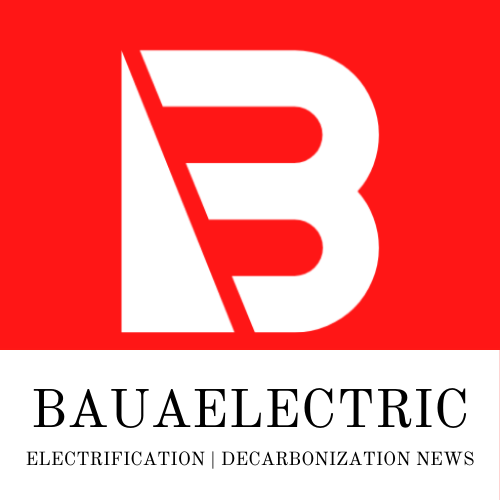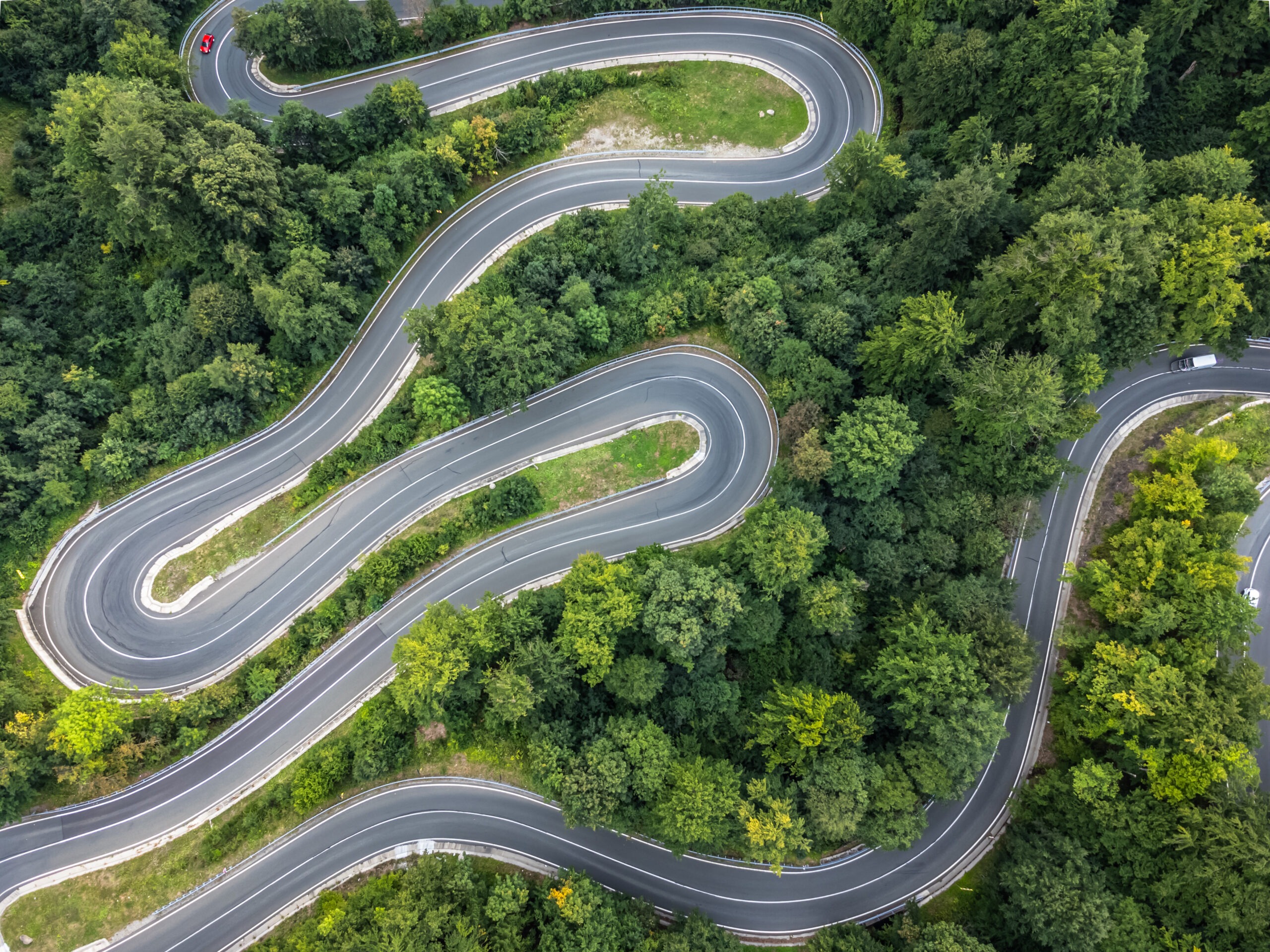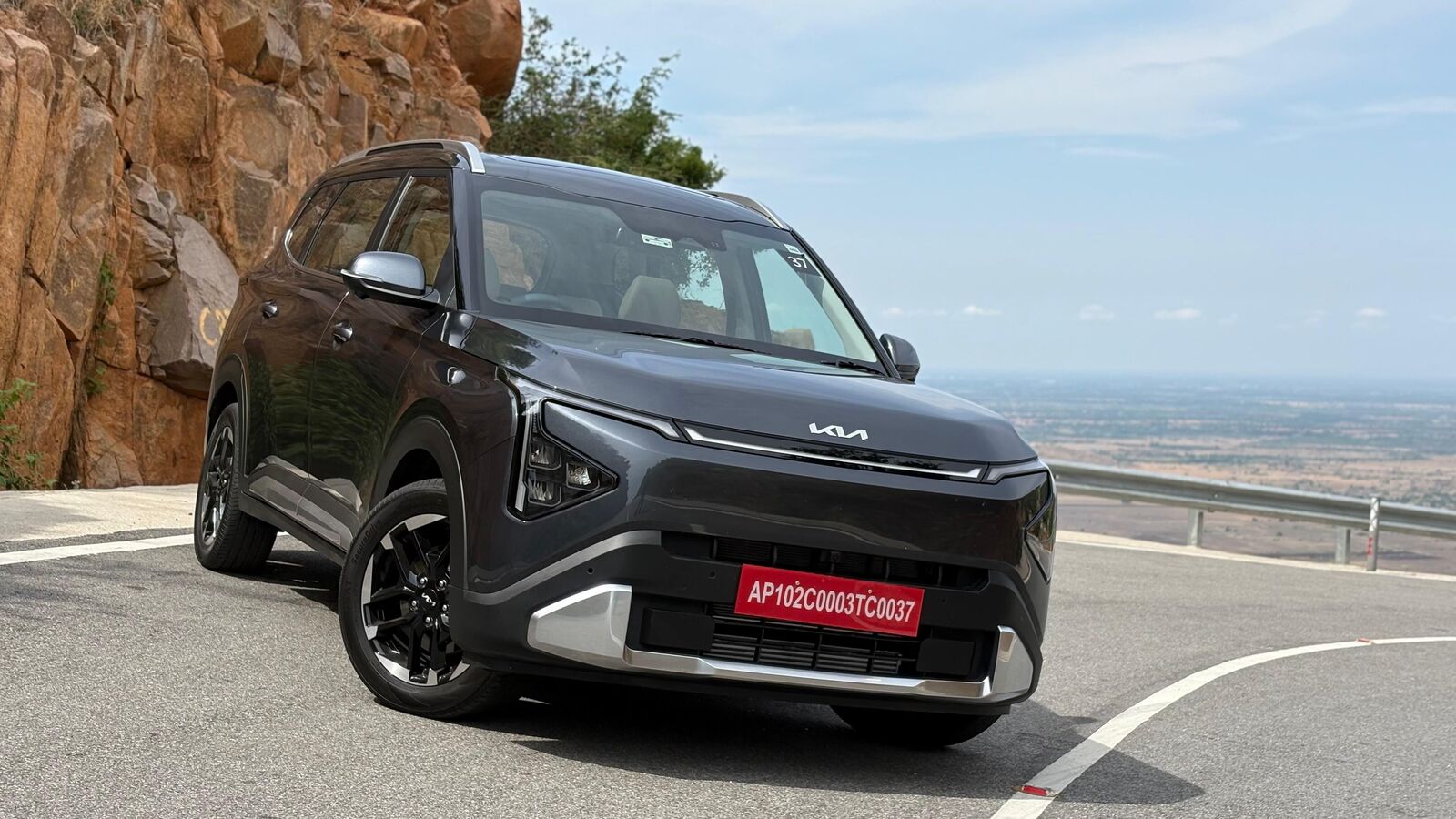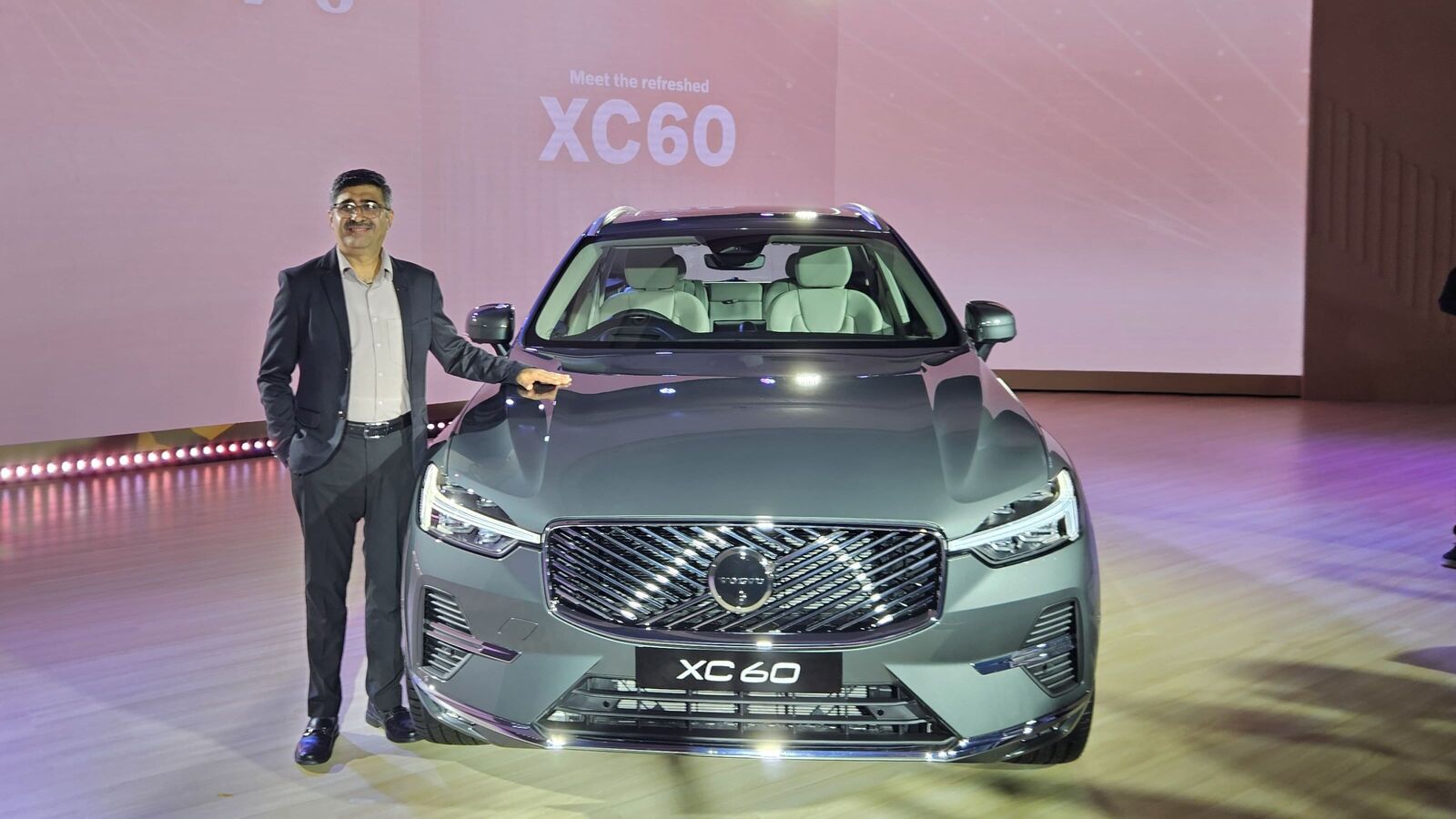31 July 2025

Halfway through 2025, Romania’s new-car market is struggling. Ulmis Horchidan, Autovista Group’s head of valuations for Romania, Hungary, Slovenia, Slovakia, and the Czech Republic, examines the market with Autovista24 editor Tom Geggus.
In the first half of 2025, new-car deliveries in Romania dropped by 22% year on year. Political instability took an economic toll, directly impacting the Rabla incentive programme.
The scheme has suffered ongoing delays this year. At the time of publication, this year’s Rabla programme for 2025 looks to be activated on 1 September. As previously discussed on the Autovista24 podcast, the renewal scheme provides a healthy boost to new car sales in Romania.
New car stocks have been accumulating as supply has far outpaced demand, leading to increased discounting from dealers. This has been a necessary tactic as sellers sought to avoid spiralling costs as cars idled in their forecourts.
Even mass-market brands like Dacia, Renault, Hyundai, Ford and Toyota have seen shrinking registrations in the first half of 2025.
Powertrain performance in Romania
This negative performance was not felt consistently across all the powertrains. In an ongoing trend, the combined category of full and mild hybrids saw the greatest volume of sales. The powertrain category enjoyed a registration increase of 9.5% year on year.
Conversely, diesel models recorded the steepest decline, with registrations down by 47.7%. This drop is to be expected for the fuel type as carmakers gradually phase out production of internal-combustion engine (ICE) models.
The greatest year-on-year improvement was enjoyed by plug-in hybrids (PHEVs). While more expensive, these models offer better electric ranges compared to their battery-assisted hybrid stablemates.
PHEVs are experiencing the opposite trend to that of diesel powertrains. More plug-in hybrids are hitting the market each month, offering a bridge between hybrids and battery-electric vehicles (BEVs).
However, both PHEVs and BEVs still command a small share of the Romanian new-car market. Registrations of all-electric cars slumped by 44.3% year on year, as the technology is heavily reliant on incentive schemes.
Incentive absence impacts brands
Nearly all brands suffered BEV declines in Romania in the first half of 2025. Hyundai, Tesla, and even premium European carmakers such as BMW have recorded all-electric drops so far this year.
This highlights the impact of the generous Rabla incentive programmes on new BEV sales. The big drop in Tesla sales, a brand which has a very good image in Romania, stands testimony to this reality.
Additionally, while the number of new BEV deliveries fell, the marketplace has also become more crowded with Chinese brands. In the last two years, the likes of BYD, Geely, Lynk & Co, Leapmotor, MG, Chery, Farizon and Maxxus have entered the country.
These carmakers have come with big new-car sales plans. However, they will not be sourcing new clients but rather taking from the pool of existing ones.
Management by experienced local teams, benefitting from a wealth of expertise built up with other OEMs will boost these brands. This includes the support of operational dealer networks and supplies from spare parts warehouses.
The perceived quality and innovation of Chinese brands leave no room for interpretation. These carmakers are embracing advanced technology, electrification and connectivity, offering a strong lineup. There is plenty of variation too, from affordable ICE models to full hybrids, PHEVs and BEVs.
Wider automotive issues in Romania
Romania’s light-commercial vehicle (LCV) market is also in freefall, with only 6,696 units sold in the first half of 2025. This equates to a drop of 33% compared to 10,083 units registered across the same period in 2024.
The rest of 2025 is going to be challenging for Romania’s new vehicle markets. Compounding so many other issues, there is an additional complicating factor. Starting from 1 August 2025, the VAT rate for various products, including vehicles, will increase from 19% to 21%.
Now the industry must wait until September and the long-awaited return of the Rabla programme for any real boost. Hopes will once again be pinned on these incentives to help improve new-vehicle sales.





